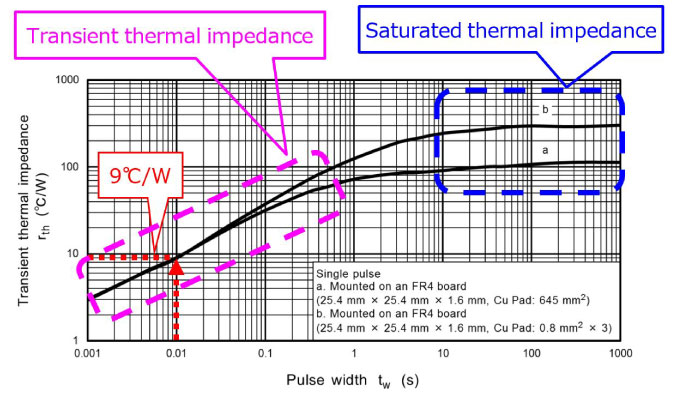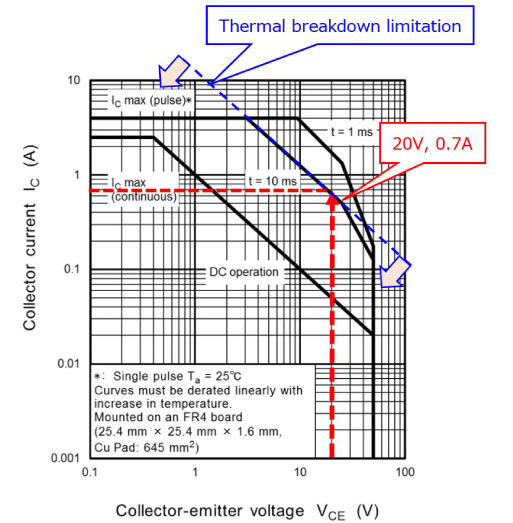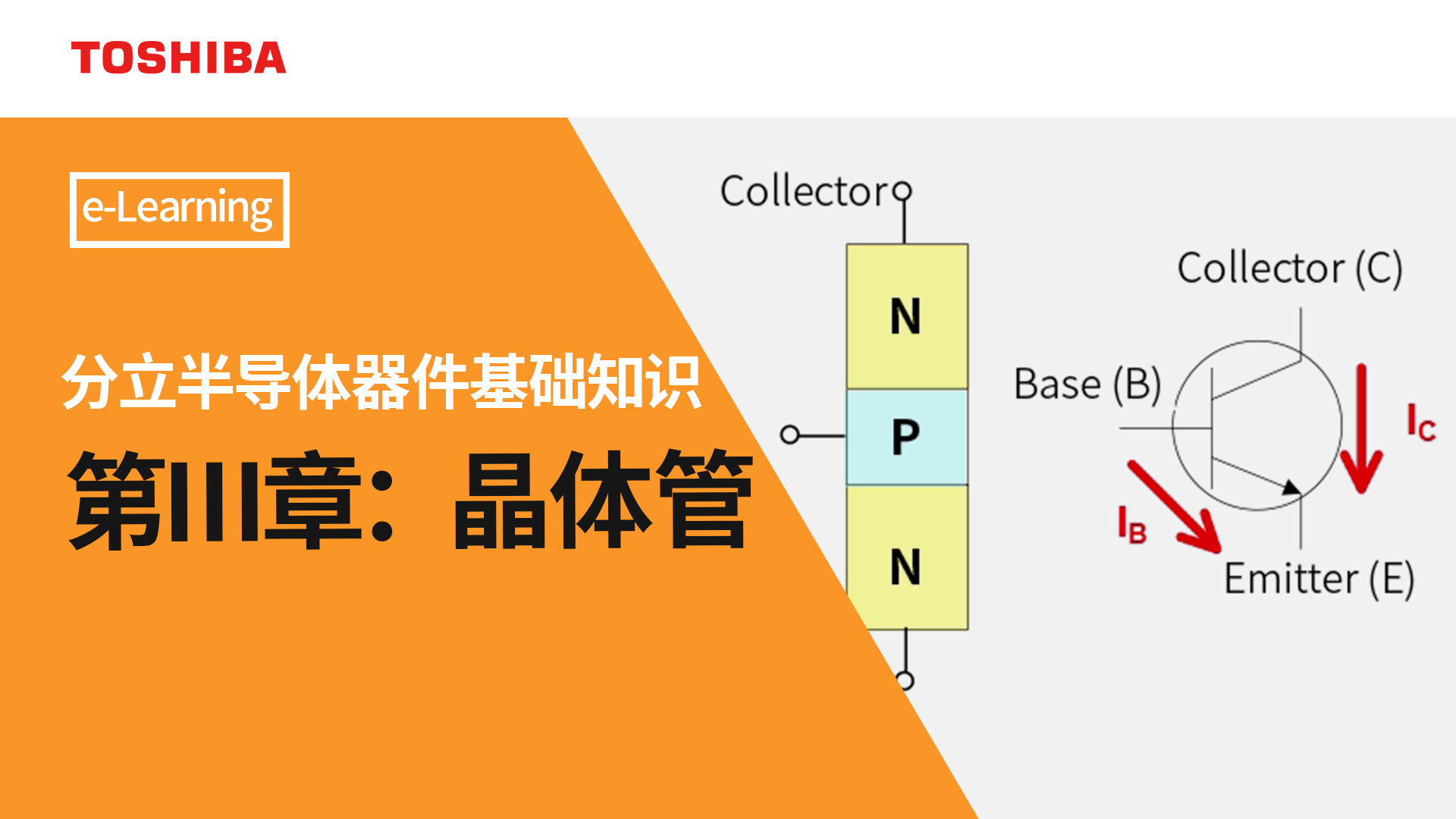- 型号 & 关键词搜索
- 交叉搜索
- 参数搜索
- 库存查询与购买
This webpage doesn't work with Internet Explorer. Please use the latest version of Google Chrome, Microsoft Edge, Mozilla Firefox or Safari.
请输入3个以上字符 Search for multiple part numbers fromhere.
The information presented in this cross reference is based on TOSHIBA's selection criteria and should be treated as a suggestion only. Please carefully review the latest versions of all relevant information on the TOSHIBA products, including without limitation data sheets and validate all operating parameters of the TOSHIBA products to ensure that the suggested TOSHIBA products are truly compatible with your design and application.Please note that this cross reference is based on TOSHIBA's estimate of compatibility with other manufacturers' products, based on other manufacturers' published data, at the time the data was collected.TOSHIBA is not responsible for any incorrect or incomplete information. Information is subject to change at any time without notice.
请输入3个以上字符
双极晶体管的瞬态热阻与安全工作区有什么关系?
热阻被计算为由相对于功耗的单个脉冲施加所引起的温度变化率。瞬态热阻是器件对单个脉冲的响应,用脉冲持续时间表示。根据瞬态热阻计算SOA的热限制区。
当电流通过半导体的结时,在结上消耗的功率会导致结的温度会升高。如果有大电流流过,会因温度过高而造成劣化和击穿。因此,产品数据表的绝对最大额定值中规定了结温。(表1)
对pn结施加直流电会产生热量。这些热量通过散热片、封装表面和引脚向基板和空气辐射。从而导致结温在施加电流后立即开始上升,但最终会在某一特定温度饱和。
将温度变化除以施加的功率得到的值是热阻,它表示热传递的难易程度。当达到饱和状态时,这个值称为饱和热阻(热阻),而在有变化时的瞬态值则称为瞬态热阻(瞬态热阻抗)。图1是施加瞬时脉冲功率时的瞬态热阻图表。通过该图表,可以得到施加瞬时脉冲时的结温。它也可以用来估算由于施加连续脉冲功率而引起的结温升高。
详见双极晶体管应用说明:Thermal Stability and Thermal Design.


结温与SOA之间的关系如下所示:
Tj(max)=rth(j-c)×Po+Ta
从图1可以看出,当脉冲宽度为10ms时,瞬态热阻读数为:
rth(j-c)=9 ℃/W
最大结温(Tj(max))的峰值功率计算如下:
150 ℃=9 ℃/W*Po+25 ℃
Po=125/9=14 W
例如,当VCE=80 V时,VCE=20 V时的允许电流计算如下:
14/20=0.7 A
因此,在图2所示的SOA图中,由瞬态热阻限定的区域是由蓝色虚线界定的区域。必须在该虚线所限定的区域内使用双极晶体管,以保证其结温不超过规定的Tj(max)。
由瞬态热阻限定的安全工作区(SOA)表示为热击穿限制。

相关信息
以下文件还包含相关信息:



